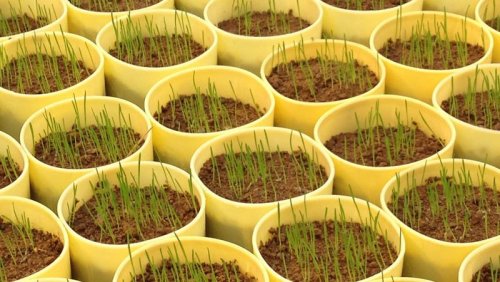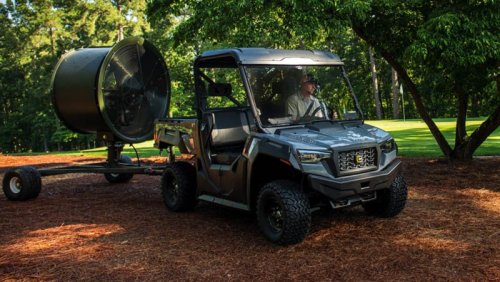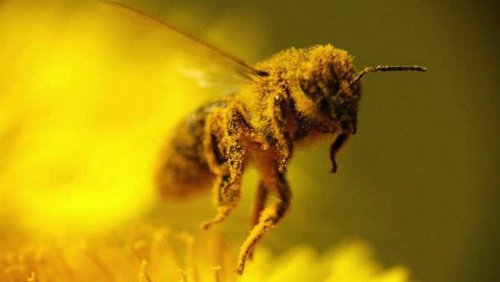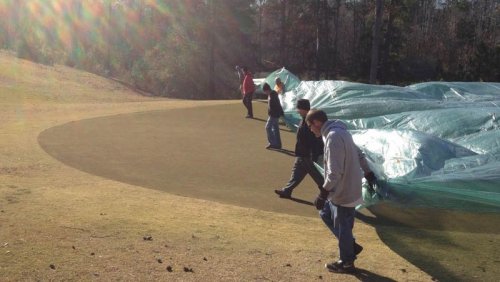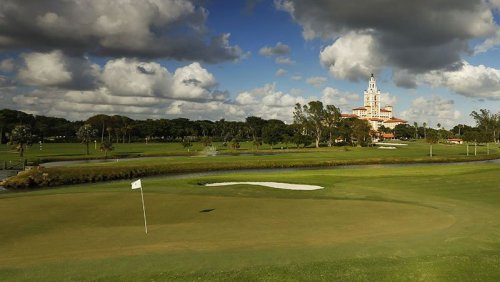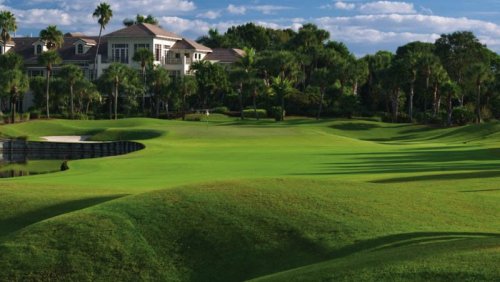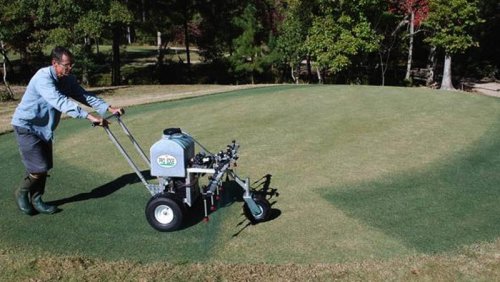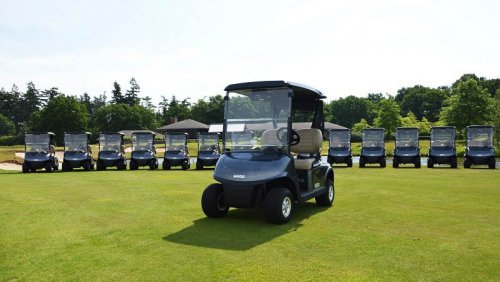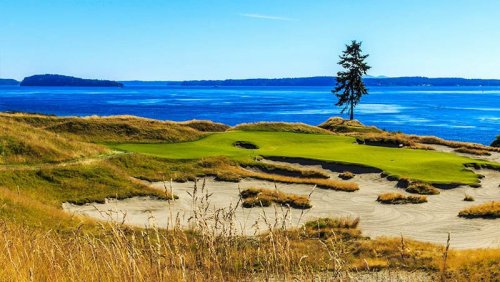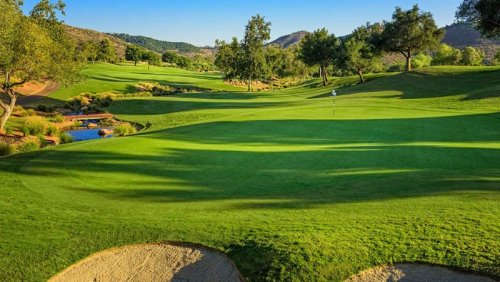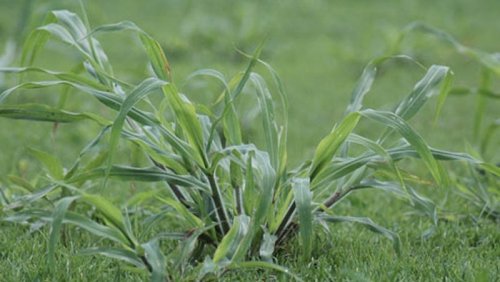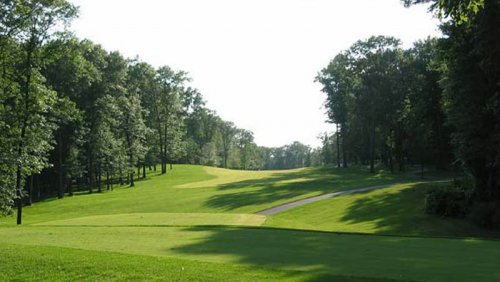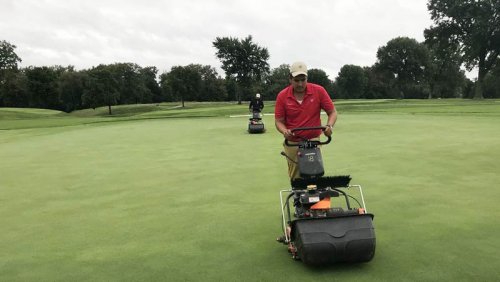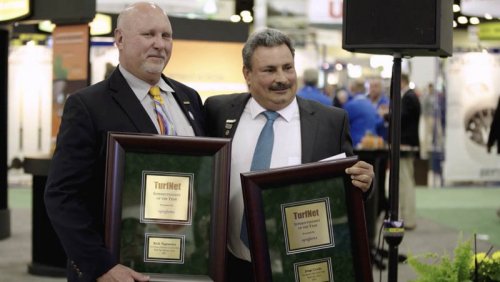
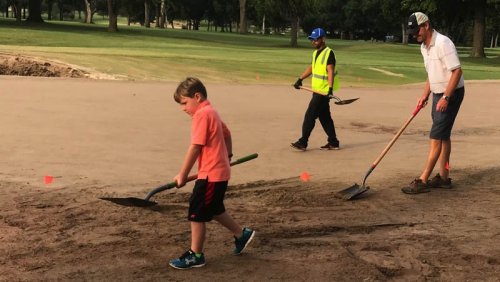
Restoration work by architects Gil Hanse and Jim Wagner, first at historic Los Angeles Country Club and now at Southern Hills, have helped rejuvenate and reinvigorate Russ Myers, who is three years into his second tour at the 1936 Perry Maxwell masterpiece in Tulsa, Oklahoma.
"There's this line of how good can conditioning be, and how perfect can perfect be. I've been spending 24 years now continuing to teach people how to rake bunkers. That can get pretty mind-numbing after a while," said Myers. "What working with Gil and Jim did with me, it took me to a different level of what I was maintaining. It wasn't about creating perfect turfgrass, it was about creating an experience in golf."
Hanse and Wagner completed a restoration of LA's North Course before Myers left there at the end of 2009 for his second turn at Southern Hills. That work signaled the first major restoration project there since architect George Thomas built the course in 1897. That same duo have since restored LA's South Course and recently embarked on a renovation of Southern Hills. Their work on Wilshire Boulevard, Myers says, has transformed the golf scene in Los Angeles and helped him reach for something higher than only providing great turf.
"That was as good a six years as I could have wanted," Myers said of his time at LACC. "I had a blast and I love that style of golf. There is a lot of walking golf there, and it's more about playability than anything else.
"Golf has never been that good in LA as it is now. Gil and Jim have been a guiding force for the game's betterment. I want to identify with that."
Myers recalls his discussions with Southern Hills GM Nick Sidorakis about making a return to Tulsa.
When Sidorakis asked him what he wanted out of a return to Southern Hills, Myers said he wanted to do something transformative and leave a lasting legacy on golf in Oklahoma.
"I didn't know what that was at the time, but I want to be part of big things and do big things," Myers said. "Whatever we decide to do, let's do them great and not do things halfway."
Imagine his continued exuberance when Hanse and Wagner were picked for the current renovation at Southern Hills, architect Perry Maxwell's 1936 masterpiece that last underwent a complete restoration by Keith Foster in 2004.
Russ Myers' son, R.J., left, and Gil Hanse, right, move some dirt at Southern Hills. The current Southern Hills project includes tweaking some bunker work, a new No. 7 green to reflect Maxwell's original intent and restoring some fairway features lost over time, including a split No. 2 fairway, and new tees. The other 17 greens were restored by Foster 14 years ago. Those are being rebuilt (no architectural changes) and regrassed only with Pure Distinction creeping bentgrass.
"The bunkers are a continued restoration," Myers said. "From everything I could tell, Keith used Maxwell's original as a guiding principle when he redid them.
"He put back in a lot of stuff that Maxwell had in there originally, and I think he would like to have done more."
The project also includes the Precision Hydronics system that regulates soil temperature by water flowing through a series of underground pipes. It's a transformative system that Myers first became familiar when he worked at Augusta National.
"If you are going to grow bentgrass in the South, you have to be fully committed to it," Myers said. "June and September are ideal months for growing bentgrass, but July and August are the worst. If you can make the grass think it is June and September, that is what drove us to put it in."
The project intersects with work on the club's player performance center, cart barn, security entrance and tennis center. Work on the project began Aug. 1 and is scheduled to be finished in January, with a reopening set for June.
"Originally, it was supposed to be a tee and bunker project. When you consider the lifespan of the greens and the Hydronics, it made sense to do it all in one chunk instead of some now and some later," Myers said.
"They didn't want to affect members now and hit them again with another closure in seven or eight years. That was the driving force."
This infusion of passion that started in Los Angeles might have prevented job burnout that is so common among superintendents. It also has helped him make more time for his family.
"It's not about creating perfect turfgrass. It's about creating an experience in golf," Myers said. "It's about firmness and the way the ball is bounding up to the green, the vista in the background, what the tee markers look like, what the benches look like, the atmosphere of the club. It's all-encompassing. My experience working with Gil and Jim embraced all of that. It's not just about what our turfgrass looks like. Admittedly, that might be down on my list of priorities. It's about who's playing today and what I can do to set up the course for that group to make it an interesting day for them.
"It has reinvigorated my passion for the game of golf and made me feel like I was playing each day like I did when I first loved (the game), while still doing the nuts and bolts maintenance stuff. You could make the argument that I might have tried something different by now had I not come across Jim and Gil, because they really gave me a new love for the game."
- Read more...
- 3,918 views

